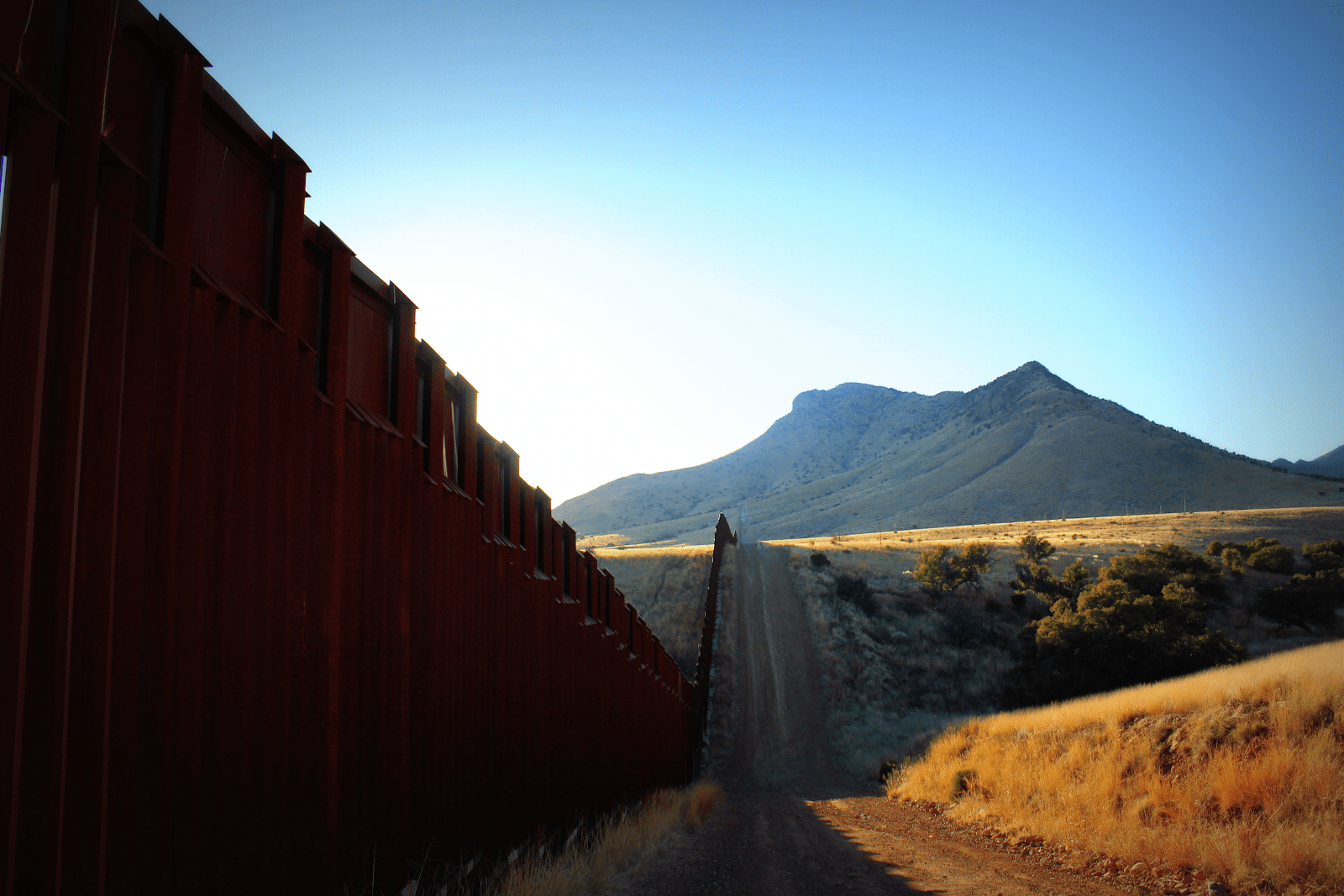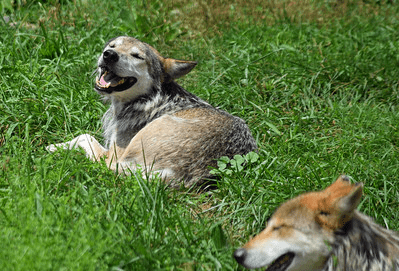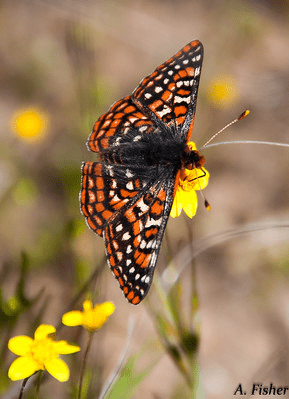Growing up in Arizona, we were told that people could go to jail for damaging a Saguaro cactus. Saguaros are a protected symbol of the Southwest. Yet in 2019, videos shot by Kevin Dahl, the Arizona Senior Program manager for the National Parks Conservation Association, recorded bulldozers uprooting Saguaro cacti and other desert shrubs at the United States and Mexico border in preparation to build a wall.
Man-made barriers have long impacted their surrounding environments. Most large-scale barriers are erected for national security reasons, with little regard for local wildlife. Currently, a 30ft tall, steel wall is under construction to act as an impermeable barrier along the nearly 2000 mile border between the United States and Mexico, and it is destroying everything in its path.

How will the US-Mexico border wall impact wildlife?
The plans for the US-Mexico border wall span desert, woodland, grassland, and wetland ecosystems that are rich with biological diversity. One study shows that the wall will transect the habitats of at least 1,506 native terrestrial and freshwater animal and plant species. According to the Center for Biological Diversity, this number includes 93 imperiled species (i.e., endangered, threatened, or under review for protection).
One of these 93 species is the RÃo Yaqui Fish, which relies on rare desert springs and streams for its habitat. Not only are these water reserves already susceptible to persistent drought and increasing temperatures, a borderlands campaigner for the Center for Biological Diversity states “there’s good reason to believe that the Yaqui fish's only US habitat is drying up as a result of tens or hundreds of thousands of gallons of groundwater being pumped to build the border wall.†These freshwater fish species are facing possible extinction as their habitats are sucked dry.
Additionally, all but five of the 93 species have populations on both sides of the US-Mexico border line, meaning a wall will split these endangered populations into even smaller units. One of the most endangered mammals of North America, the Mexican gray wolf, was actually starting to recover its numbers after decades-long binational conservation efforts. This effort could be squandered as the wall splits the vulnerable group, preventing necessary genetic exchange for its continued survival.

Even low flying animals are threatened by the wall. The Quino checkerspot, a fast-flying butterfly that ranges from the Santa Monica Mountains to Baja California, Mexico, is already facing extinction due to habitat loss from land development. In addition to preventing contact between surviving populations, the US-Mexico border wall will directly harm native vegetation that this butterfly relies on to reproduce. As a consequence, it will be a challenge for Quino checkerspots to recover their population sizes and maintain important genetic variability.

It does not matter whether endangered species along the US-Mexico border live in water, on land, or can even fly – the construction of the wall will destroy or fragment their habitats. A wall reduces overall landscape connectivity, limiting access to food, water, mates, or migration corridors. The examples above represent just a few of the diverse endangered species that will be affected.
If these species are endangered, then why aren't they federally protected?
Because of the importance of the species and landscapes along the US-Mexico border line, many environmental laws are set in place to protect them, including the Endangered Species Act and the National Environmental Policy Act. However, under the Real ID Act of 2005, the Trump administration can override environmental laws that would slow down building of the US-Mexico border wall. Indeed, the Department of Homeland Security has waived 48 environmental laws set to protect species and habitats along the border line. Though the ecological impacts this will have are likely unintentional, it is difficult to ignore the complete disregard of these critical ecosystems.
How do we help?
Different organizations have focused their efforts to defend conservation laws, conserve endangered species, and rebuild habitats. One organization in particular, Defenders of Wildlife, has filed a lawsuit in hopes for the Supreme Court to review the constitutionality of the Real ID Act. Their two-part report also describes how US and Mexican Agencies are teaming up for conservation projects in the Lower Rio Grande area, including efforts to document animals and plant native vegetation to restore habitats. The Defenders of Wildlife website lists ways for you to take action and have a voice in helping protect threatened and endangered wildlife.
Most importantly, we must take time to truly understand the consequences of political motives on wildlife. It is also our responsibility to protect critical ecosystems with our daily choices and be thoughtful of our votes come election time. We are not the only ones to call this land our home.



